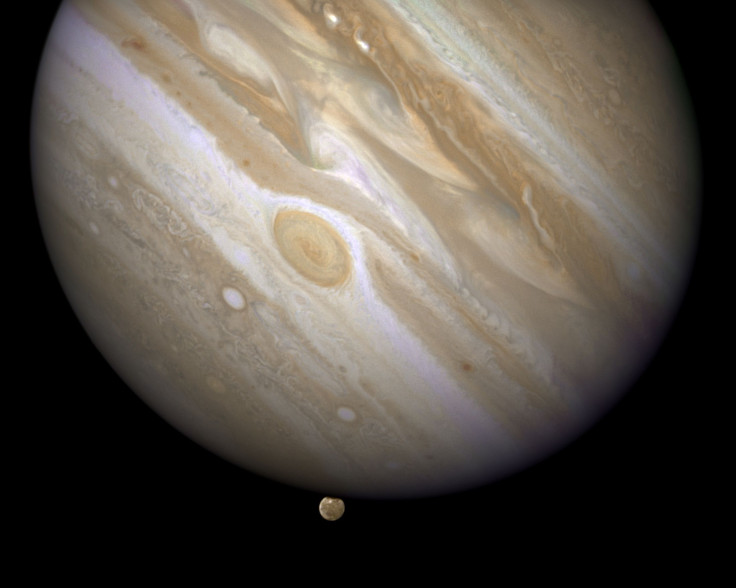Jupiter explosion update: Mysterious celestial object caused out-of-the-world explosion; Scientists stunned by impact

In what may appear to be a “Star Wars” style cosmic fight, gas giant Jupiter was hit by a celestial object and that was captured on a 20-centimetre telescope by an amateur Austrian astronomer. It could have been a technical glitch and therefore the event was verified by a 28-centimetre telescope in Ireland. The result was the same. Jupiter was hit by a mysterious object, most probably a comet or an asteroid.
The video of the explosion is available below. Viewers would be able to spot a blip of light on the right hand of Jupiter. However, what may seem insignificant from thousands and thousands of miles away, was actually an unusually powerful explosion that surprised scientists.
Jupiter is a massive planet and almost 1,321 Earths can fit in Jupiter. Considering this fact, the small blip seems a lot larger. However, Phil Plait of Bad Astronomy, has confirmed that the mysterious object to hit Jupiter was not massive (maybe only a 100 feet in diameter) in size although the impact of collision was quite large.
Plait is of the opinion that in case of celestial collisions, the attacker’s size is not that important as the mass of the object it is hitting.
“On average (and ignoring orbital velocity), an object will hit Jupiter with roughly five times the velocity it hits Earth, so the impact energy is 25 times as high ... At these huge speeds, hitting the atmosphere is like slamming into a wall. A lot of people get understandably confused how an asteroid can explode due to air, but the pressures involved as it rams through the atmosphere at these speeds are ridiculously huge,” Plait wrote on Slate.
In 2013, the asteroid that exploded over Chelyabinsk, Russia, exploded with energy of 454,000 tonnes of TNT. Thus, when it comes to Jupiter, one need to multiply it by 25 to understand how a similar celestial body will explode into the planet, once it starts passing through the atmosphere. It can very well be seen from Earth.
According to Science Alert, planet Jupiter is used to getting hit by passing asteroids. As technology has evolved a lot, these explosions are now easily captured by telescopes and cameras.
Watch the mysterious celestial object hit Jupiter here.
Source:YouTube/Gerrit Kernbauer





















